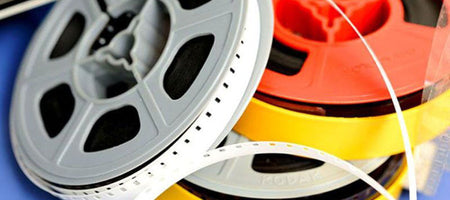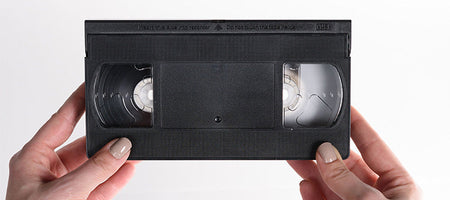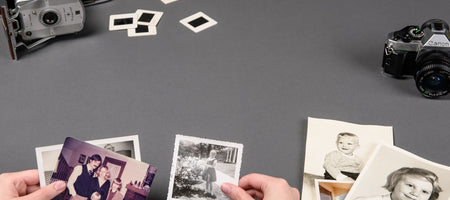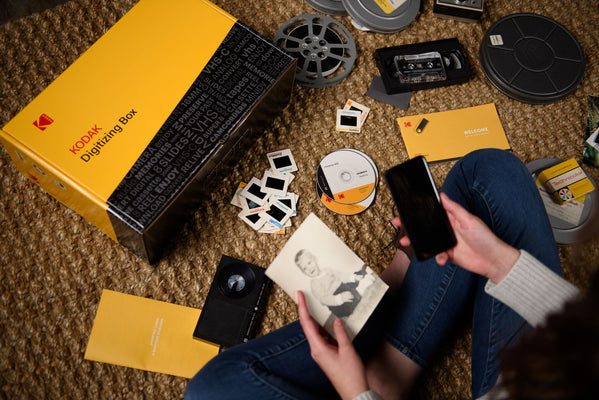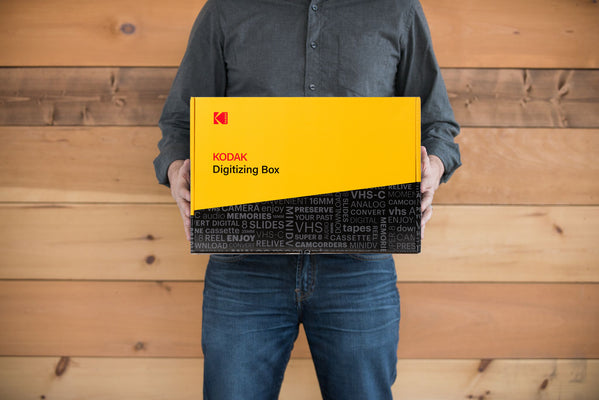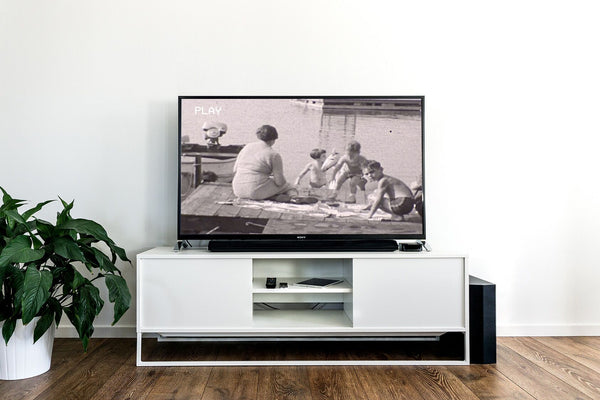Over the last several years, the emergence of high definition and ultra high definition have really turned the film industry upside down. It’s amazing to see just how far we’ve come from our 4:3 full screen ratio and 420p viewing days. Heck, even our smartphone cameras make what was state-of-the-art technology 30 years ago look nothing but aged.
It’s no brainer that resolution plays a huge factor in image quality and clarity, but what features factor into resolution?
If we’re talking resolution, it all starts with DPI (dots per inch) and PPI (pixels per inch). Even though both terms refer to resolution and image clarity, they’re not exactly the same thing, but that doesn’t stop them from being tossed around interchangeably. So, let’s shed some clarity on resolution … puns.
Pixels Per Inch (PPI)
Even if you know little to nothing about resolution, you’ve at least probably heard about pixels on screen, and that more pixels give you a clarity overall. But, do you actually know what a pixel stands for? Most people probably don’t. It means “picture element,” and it relates the the smallest physical element of a digital display that the human eye can physically discern.
So, if you think of it that way, it makes perfect sense that TVs with more, smaller pixels have better overall image quality. Pretty easy to understand so far, yeah? Well, here’s where it gets tricky.
PPI, in reference to pixels, doesn’t actually matter the way you think it might. Why? Because that PPI number of whatever digital display you’re looking at is already set. For instance, most LCD monitors are around 67-130 PPI. You can’t just adjust that number, it’s already preset, fixed.
So, PPI really takes center stage when someone prints an image from a digital format. It’s a way to adjust the physical size of an image, not the resolution of the printout. Follow, so far? The larger the pixels (aka the lower the PPI), the lower the image quality due to the larger, more discernible pixels.
Dots Per Inch (DPI)
DPI refers to the number of physical dots on a printed image. But, for our purposes here, let’s get a bit more technical.
During printing, a printer doesn’t reproduce the image by tilting pixel squares directly on top of one another. Rather, tiny dots are printed and within these dots is a mixture of the four primary colors (cyan, magenta, yellow and key). These colors combined create a range of hues, and in between the space of all these dots – even if it’s beyond the sight capacity of human eye – is what DPI measures, which is their overall density.
Okay, great but why does this all matter? What does it mean for the image? Well, because the higher the DPI, the better the image, in both tone and overall color. Think about it this way, 150 DPI is generally seen as the minimum standard for high quality photography reproduction (in most printed books and magazines). Newspapers have an even lower DPI, around 85, which is why you can see all those actual individual dots when reading the paper. And billboards can be printed as low as 45 DPI, because they’re viewed so quickly from so far away that the human eye can’t discern the more pronounced dots.
There’s a lot of overlooked details that goes into talking about resolution, and when it comes to digitizing your old media, it can become a must-know topic – if you want the best possible quality for your imagery. But, hopefully now you’ve got a little more clarity on the topic of resolution and why it’s important to know the ins and outs when it comes to preserving and converting your aging memories.

